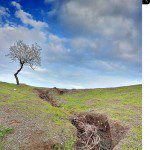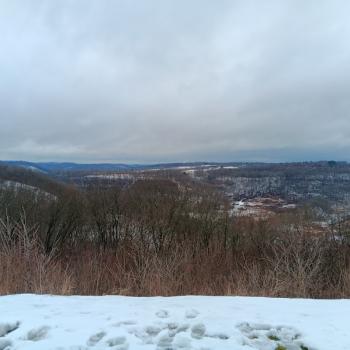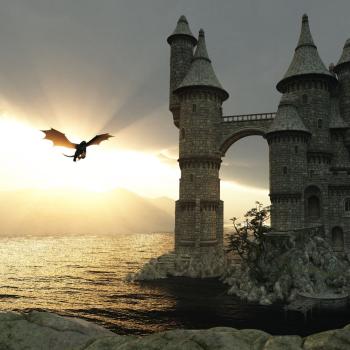Rembrandt's face emerges out of the darkness, as a life emerging out of a great depth. His expression betrays an awareness of the gravity of his own life. Something spectacular happens when a star dies. I could see it in his eyes: a low-burning intensity always about to erupt into full-bodied exigency. The Master had become the subject; employing all his art to bend his will to the disarming power of his own gaze. The effect was terrifying.
His gaze engulfed the whole space of the gallery room. Nothing could escape the orbit of his vision. As I approached the massive canvas, that same gaze began to buckle under its own weight, imploding into the haunting dark orbs of his eyes. When a large star's mass collapses violently into its core as it dies, it explodes outward in a supernova, releasing as much energy in only a few moments as an entire galaxy.
This painting is Rembrandt's life — our life — in supernova. Desire collapsing into limitation, word into flesh, exploding outward in a single irradiating burst of energy that captures what it means to be human: to have lived, to have yearned after unattainable things, to have transgressed deeply, to have received grace upon grace, to have loved greatly, and to have lost everything. All our brokenness taken up into his countenance, shining out in the tender conviction of our uniquely human hope, imploring us to have the courage to see. The face of God. Before it all my words fell silent, and I was undone.




